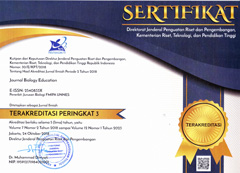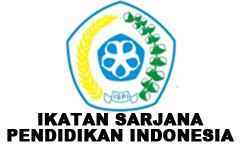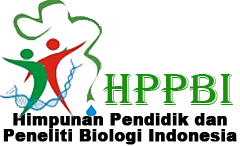The Student Worksheet Based on Reading, Questioning and Answering (RQA) on Circulatory System Materials of Class XI MIPA
Improving student Learning Outcomes on Circulatory System Materials of Class XI MIPA
Abstract
The research was motivated by the tight timing for learning biology due to the impact of the Covid-19 pandemic. The learning is carried out in a hybrid learning manner with a short period (30 minutes) per meeting. This causes students to unable to freely actively ask questions, answer questions, or be active in discussions. In addition, there are problems in the form of the low level of classical mastery of students in the material of the circulatory system. Based on the problems faced, we need a learning media for circulatory system material that can help students in learning while simultaneously providing space for students to be active in asking and answering questions. This study aims to produce LKPD based on Reading, Questioning & Answering (RQA) that is valid and effective in improving student learning outcomes on the material of the circulatory system class XI MIPA at SMA Negeri 2 Kendal. The development method used in this research is the modified Research & Development (R&D) method according to Sugiyono. The results of the LKPD material and media validity test were obtained from a lecturer in the Department of Biology, Universitas Negeri Semarang. The effectiveness test is obtained from the learning outcomes of students. The results obtained show the validity of the RQA-based LKPD is very valid with a material validity percentage of 91.6% and 95.3% for media validity. The acquisition of student learning outcomes has reached classical completeness reaching the MMC (MMC 75) with a percentage of 88% and the results of the N-gain test obtained g 0.3 of 92% in the medium-high category. Thus, it can be concluded that the RQA-based LKPD material on the circulatory system developed is valid and effective in improving student learning outcomes.
The copyright of the article once it is accepted for publication shall be assigned to the journal as the publisher. The intended copyright includes the right to publish the article in various forms (including reprints). The journal maintains the publishing rights to the published articles.
This work is licensed under a Creative Commons Attribution 4.0 International License.







